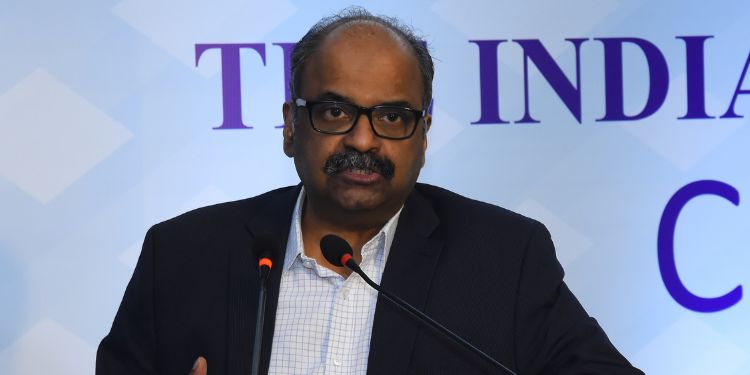Music consumption is going up year after year with one reason being cheap cellular data. Smartphone penetration in Tier 2, 3 and 4 markets is further driving consumption. Indians consume 25.7 hours of music a week, against a global average of 20.1 hours. Citing this at the Indian Music Industry (IMI) Conclave on 9 February 2023, Blaise Fernandes, CEO, IMI, credited the people who push the music with promotions and marketing, and work with DSPs to ensure that the category is top of mind.
A majority of the revenue in India – 80 to 90pc – comes from streaming, with 28pc coming from audio streaming, the speaker noted, adding that India is YouTube’s largest market after the US.
While the consumption is happening, consumers need to be monetised, underlined Fernandes.
“There is no challenge that people are not listening to music, it’s just that you (need to) get the consumers to pay for what they listen to. And this is only a matter of time because the land grab is over,” he explained, referring to telcos giving free content to woo consumers. With pressure on telcos to get revenues up and improve their ARPUs (average revenue per user), telcos will have to start charging consumers for what they are consuming, he explained.
Citing findings from a survey, Fernandes noted that the connection between music and mental health was well established. 48pc people listen to music while practicing yoga – a trend coming from India, explained the speaker.
He added, “53pc of the people (surveyed) said they are enjoying live streaming. Again this is a little surprising for India; reason is for live streaming you need consoles, gadgets, smart speakers. But obviously the fact that 53.9pc of the people are logging on to listen to music while live streaming is a trend that is catching up, (remains) to be seen if it continues. People are logging on using their credit cards to pay for live streaming. 68pc of the gamers watched a virtual music concert on a gaming platform such as Fortnite, this is going to be a big trend. Today if you have the consoles and the gadgets you can use your credit card and login and see a concert that’s happening in any part of the world as long as you have the necessary equipment and the right bandwidth.”
The study quoted found that international streaming services Spotify, YouTube Music, Apple Music, and Amazon Music are now the major players in India. In 2017, it was Wynk, Gaana and Saavn all the way, but the tide has turned, explained the speaker.
Piracy issues a setback
Speaking on piracy, the speaker pointed out that despite the fact that the content is available free of cost by downloading an app, the Indian consumer finds it attractive to listen to music on pirated sites. Piracy has grown from 68pc in 2021 to 73pc in 2022, he noted, against a global average of 30pc.
He underlined the need to engage with the local police and cyber cells that are empowered to shut down websites and also brief Members of Parliament on the perils of piracy.
“We are trying to reach out to people. We need to educate the MPs that this is a problem which is affecting domestic employment, consumption. The whole industry can capsize if the music business is infested by piracy. Most surveys indicate that smartphone penetration is going to be around 500 to 800 billion, going up to billion smartphones. It could be a catastrophe if we can’t control this menace,” surmised Fernandes.
(Some of the data points published have been amended at 13.00 hrs on 22 February 2023 based on inputs from IMI.)

















